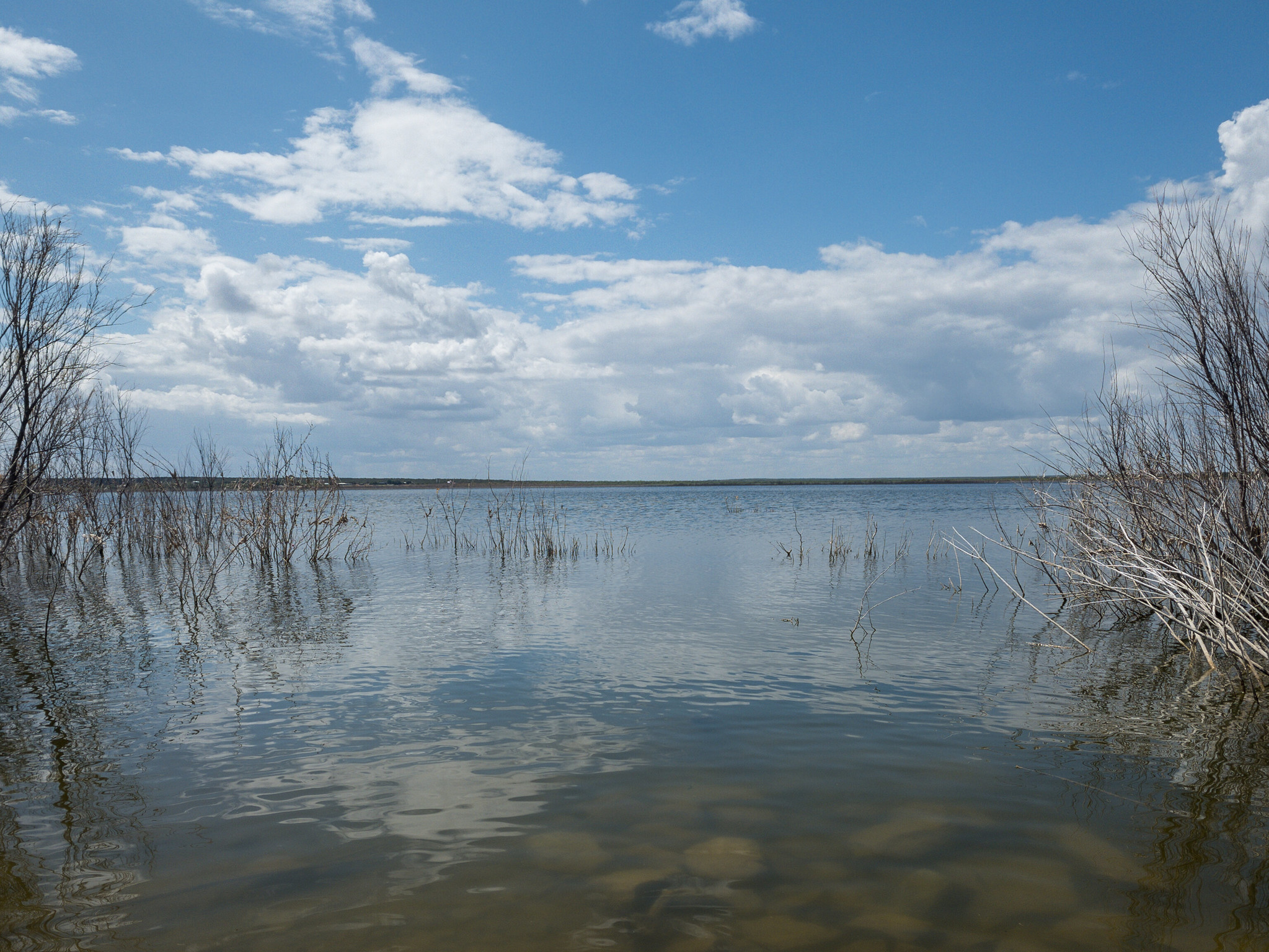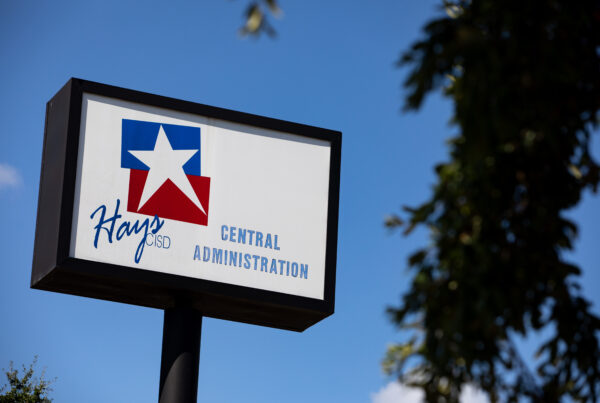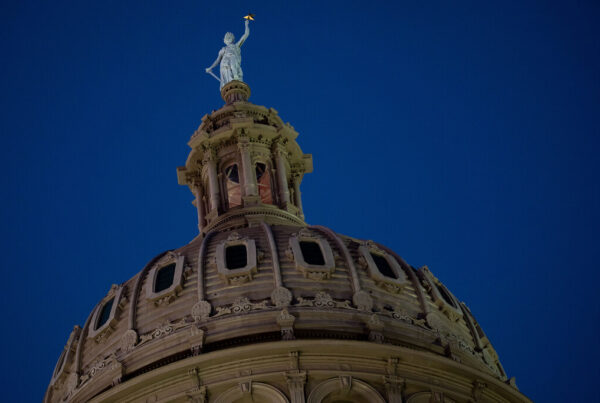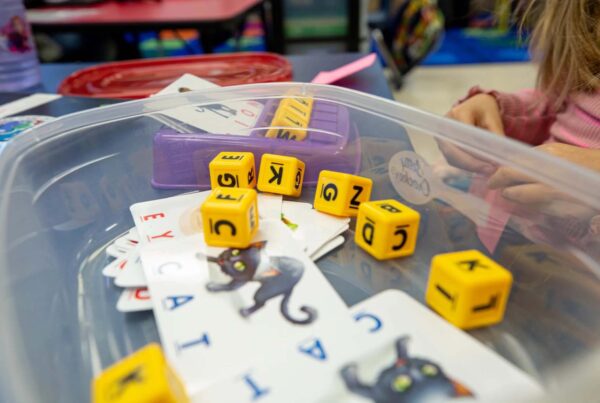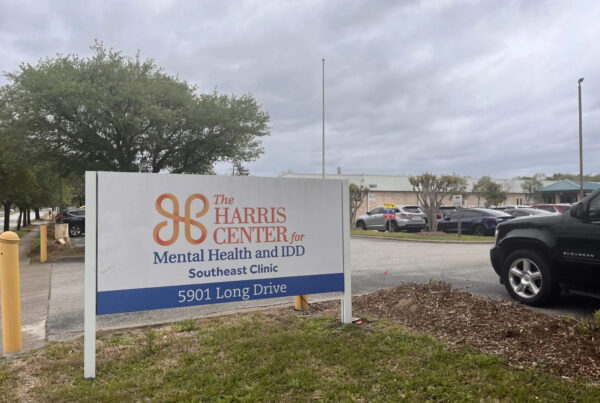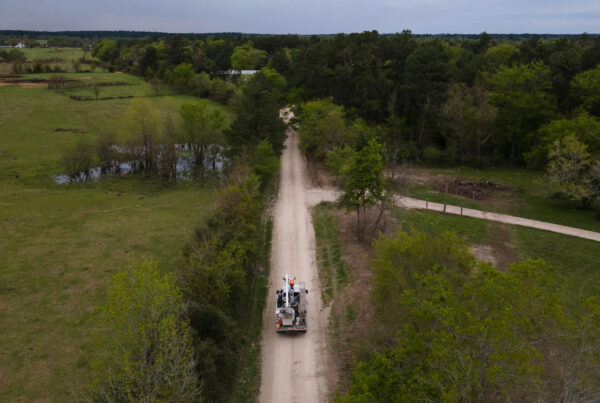The 2023 trophy bass season is over in Texas. The best time to catch the biggest largemouth bass here is in early spring, when the females are about to spawn.
Most largemouths weigh between one and five pounds; anything over 10 pounds is a dream catch for most anglers. And this year, a lot of dreams have come true at O.H. Ivie Lake, about an hour east of San Angelo.
“This year is especially historic,” said Natalie Goldstrohm, coordinator for the Toyota Sharelunker program, a Texas Parks and Wildlife initiative with the goal of breeding bigger, better bass.
Anglers at Lake Ivie, as it’s commonly known, caught more than 15 bass that weighed at least 13 pounds. No other lake produced more than one bass that size.
When an angler catches a bass that size, they can share it with the Sharelunker program. The program’s staff will then breed that fish with the descendants of other sharelunkers, then return the fish and its offspring back to the lake in which it was caught. In exchange, anglers get a model of the fish they caught, fishing gear, and a chance at a $5,000 shopping spree.
So many big bass were caught at Lake Ivie this year that anglers from across the country journeyed there to try to land one of their own.
Ryan Muhlig, a school principal from western Kansas, caught a 13.6-pound bass at Lake Ivie. For perspective, the biggest bass ever caught in Kansas weighed 11.8 pounds.
“There’d been so much publicity and people doing well that a buddy and I said ‘Hey, let’s try this O.H. Ivie and see what happens,” Muhlig said.
It was the catch of a lifetime for Muhlig. He was so excited about it that he skipped an important step when bringing his boat ashore.
“We’re 25 yards up the ramp out of the water. It’s my truck, and I’m thinking it’s making a bad noise,” he said. “I’m looking and this and that; well, I had never shut my motor, my outboard off.”
As for why there were so many lunkers landed at Lake Ivie this year, Goldstrohm said it’s a combination of good genes, timing and weather. After a long drought, the lake got good rain recent years, so fish had enough food and space to grow to large sizes. Many of the big fish that were caught may have been descendants of sharelunkers, too.
“About 10 years ago there were all these anglers that caught sharelunkers at Ivie and donated them to the program. And it takes about 10 years for a sharelunker bass to get about 13 pounds,” Goldstrohm said.
That’s how the program is supposed to work – and the fish that folks caught at Lake Ivie this year may make for even bigger fish in the future.


